Seasons – Fall 2024

From the Plateau Land & Wildlife Management Team
As the crisp autumn morning air settles in, it’s the perfect time to focus on key wildlife management activities that benefit your land and its inhabitants. In this issue, we’ll explore practical steps you can take this fall to enhance your property’s wildlife habitat, introduce our latest podcast episode of Your Texas Land where we dive deep into the essentials of Wildlife Management, and highlight our exciting new service—the Thermal Deer Drone Survey. Plus, we’ve put together important news stories that every Texas landowner should be aware of right now.
Whether you’re fine-tuning your land’s management plan or simply curious about new developments, this newsletter has something for everyone.
Until next Seasons,
The Plateau Team
What is Wildlife Management? Your Texas Land Podcast
A joint collaboration from Plateau and Braun & Gresham
Join Shane Kiefer and David Riley from Plateau Land & Wildlife Management as they dive into Wildlife Management Valuation for Texas landowners. Learn about the importance of Wildlife Management plans, annual reports, and key activities to ensure long-term success in maintaining land within Wildlife Management. Whether you’re new to wildlife management or looking to optimize your practices, this episode provides valuable information to help you navigate your Texas land management journey successfully.
Like, subscribe and follow us on our social channels to be the first to know of our newest episode releases. Have any thoughts on what you would like to hear from us? Leave a comment here or reach out to [email protected]
Activity Reminders: Fall Activities to Note
Supplemental Food
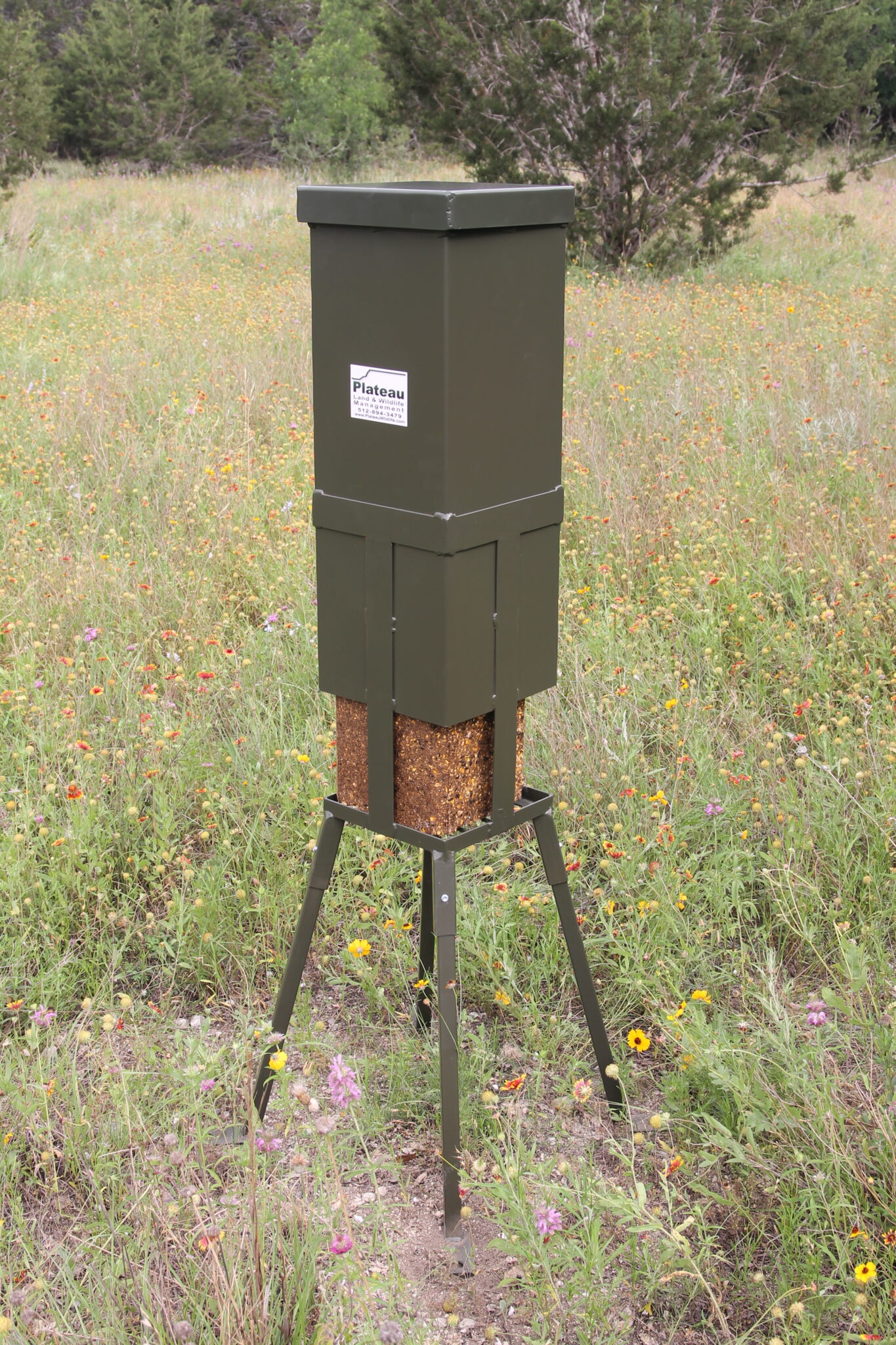 There’s no better food than quality habitat, but providing supplemental food can play an important role in your land management. Supplementing wildlife with high-quality food sources can improve nutrition during stressful times of the year or their life cycle. Texas wildlife tax valuation law allows landowners to qualify in the supplemental food category by providing high quality, free-choice food resources to targeted wildlife species.
There’s no better food than quality habitat, but providing supplemental food can play an important role in your land management. Supplementing wildlife with high-quality food sources can improve nutrition during stressful times of the year or their life cycle. Texas wildlife tax valuation law allows landowners to qualify in the supplemental food category by providing high quality, free-choice food resources to targeted wildlife species.
What are the benefits? Providing feeders for wild turkey and other wild birds can attract, retain, and possibly improve their populations on your property. Concentrated supplemental food sources like feeders are great ways to attract wildlife for observation and population surveys, another qualifying wildlife management activity. Feeding protein supplements to deer during antler growth or providing food to birds during migration and breeding can improve nutrition during those stressful times of year or life cycle.
How about requirements? The recommended rate of one feeder per 320 acres qualifies for credit within the Supplemental Food category. The feeder should also be inside the area designated for wildlife management valuation on your property (not inside the boundary of your residential area). The feeder should be “free-choice”, meaning there is no timer regulating how much the wildlife can eat. Its important to note that corn does not qualify as a supplemental food category, but rather bait.
Winter Wildlife Surveys
As fall ushers in cooler temperatures, it also brings the opportunity to become familiar with our wintering and resident wildlife. Census counts and wildlife surveys are great qualifying Wildlife Management activities that help determine the number, composition, or other relevant information about the wildlife population on your property. Fall and winter is the time to conduct wintering and resident bird surveys, deer surveys, quail covey counts, and more to provide insights about the species numbers and population trends on your property.
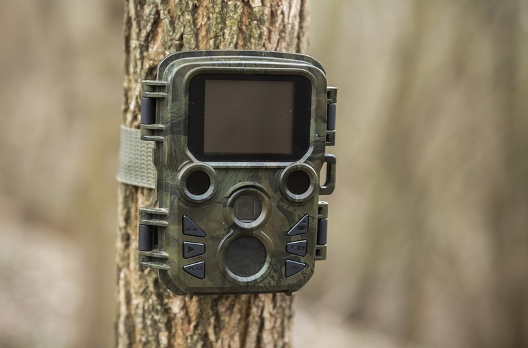 Informal Surveys
Informal Surveys
Watch your feeders and water sources and record who is visiting. You should do this regularly (weekly or monthly) throughout the wintering season. Keep your eyes out for butterflies too! Mid-October to mid-November is an excellent time to see migrating butterflies.
Utilize remote game cameras. Remote game cameras can watch 24/7 and offer an excellent opportunity to record sightings of wildlife. You can conduct game camera surveys yourself or if you prefer, have Plateau conduct for you.
Formal Surveys
Plateau’s Wintering and Resident Bird Surveys let you accompany a Plateau biologist on a deep look at your property’s avian community and improve your knowledge of the resident species on your land. Includes detailed reports listing all species and numbers observed, and brief habitat and location descriptions for each station. This service qualifies as a “Survey” Wildlife Management Activity, and can be completed in just one day.
Fall and Winter quail call counts are structured surveys where independent listening stations are set up throughout your property to count individual quail calling in the early morning.
Ultimately, managing your land with supplemental food sources and conducting regular wildlife surveys are not just beneficial for the animals—they can also help you meet wildlife tax valuation requirements while enhancing the overall health and biodiversity of your property. Whether you’re offering free-choice feeders, setting up game cameras, or participating in formal wildlife surveys, these activities will help you maintain a thriving ecosystem and gain deeper insights into your land’s wildlife. With the fall season upon us, now is the perfect time to take action and make the most of these opportunities to support and observe the wildlife on your property.
New Service Launch: Thermal Drone Deer Survey
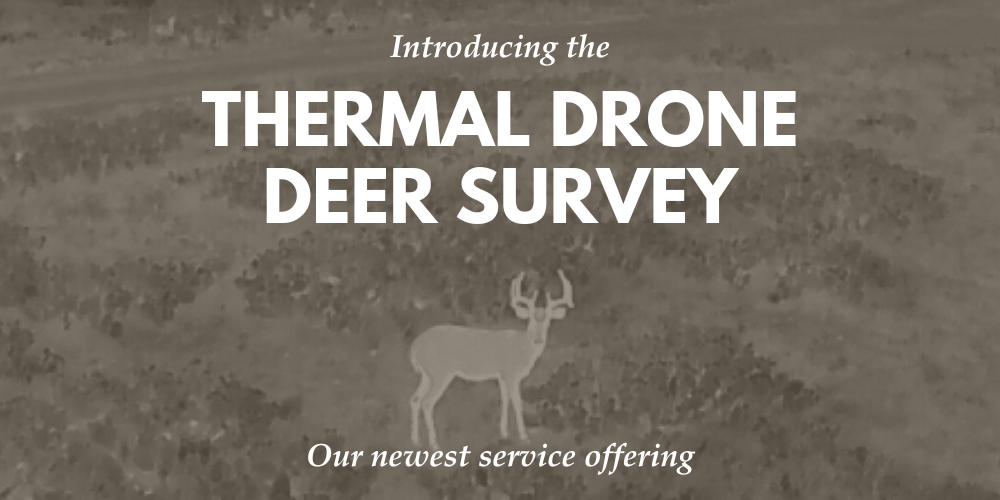
This cutting-edge service, offered in partnership with Sky Senderos, uses state-of-the-art thermal drone technology to capture previously unseen details about your wildlife population. We don’t just count deer—we provide data-driven insights tailored to optimize your hunting experience and maintain long-term ecological balance. Another perk of this service is it can be used to catalog animals other than deer. Our comprehensive approach to land management empowers you to make informed decisions on habitat improvement, predator control, and overall stewardship.
Plus, our surveys fulfill essential requirements for wildlife management tax valuations, ensuring compliance and maximizing benefits.
With higher confidence, our detailed reports deliver specific harvest recommendations for your property. Experience the Plateau difference—contact us today and take your land management to the next level.
Learn More about our newest service here.
News for Landowners
New research demonstrates importance of private land in wildlife corridors
Article by Nathaniel Fagelson and Luke Metzger for Environment Texas
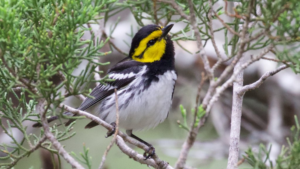 A new article in Land, a peer-reviewed scientific journal, titled “Urban Green Infrastructure Connectivity: The Role of Private Semi-Natural Areas,” highlights the significance of private land within wildlife corridor efforts. The authors identify so-called “private semi-natural spaces” such as backyards, ranches, parks, pocket parks, and green spaces along roads as crucial to larger projects seeking to help wildlife navigate fragmented habitats.
A new article in Land, a peer-reviewed scientific journal, titled “Urban Green Infrastructure Connectivity: The Role of Private Semi-Natural Areas,” highlights the significance of private land within wildlife corridor efforts. The authors identify so-called “private semi-natural spaces” such as backyards, ranches, parks, pocket parks, and green spaces along roads as crucial to larger projects seeking to help wildlife navigate fragmented habitats.
Millions of bat call Texas home sweet home
Article by Susan Himes for Agrilife Today

Everything is indeed bigger in Texas, including its bat colonies. Texas has 33 species of bats, more than any other state, and is home to the largest bat colony in the world.
We visited with Texas A&M AgriLife Extension Service experts to help separate fact from fiction and delve deeper into the mysterious world of bats.
Brian Pierce, Ph.D., Texas A&M Natural Resources Institute associate director, Bryan-College Station, and Janet Hurley, AgriLife Extension senior program specialist for school integrated pest management, Dallas, shared what Texans should know about these often-misunderstood mammals.
Texas Climate-Smart Initiative
By TAMU
 The Texas Climate-Smart Initiative is a five-year pilot project led by Texas A&M AgriLife Research and funded by USDA’s Natural Resource Conservation Service. This groundbreaking initiative aims to foster climate-smart agriculture for all major Texas agricultural commodities and create market opportunities across the commodities.
The Texas Climate-Smart Initiative is a five-year pilot project led by Texas A&M AgriLife Research and funded by USDA’s Natural Resource Conservation Service. This groundbreaking initiative aims to foster climate-smart agriculture for all major Texas agricultural commodities and create market opportunities across the commodities.
“Our main focus in this project is to simultaneously improve resilience to climate change and mitigation of climate change through adoption of climate-smart practices.”
Pumpkin yields, quality up despite Texas heat
Article by Susan Himes for Farm Progress
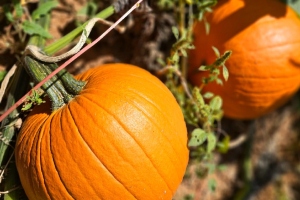 The 2024 growing season was good for Texas pumpkin producers, according to a Texas A&M AgriLife Extension Service expert and pumpkin farmers. Yields and quality were up for most growers compared to last year.
The 2024 growing season was good for Texas pumpkin producers, according to a Texas A&M AgriLife Extension Service expert and pumpkin farmers. Yields and quality were up for most growers compared to last year.
Mark Carroll, AgriLife Extension agriculture and natural resources agent for Floyd County, said this year’s pumpkin yields remained below average but were an improvement over last season when output was down 20%-40% on average due to drought.
White-tailed deer population looks strong ahead of archery-only season
Article by Texas Parks & Wildlife News
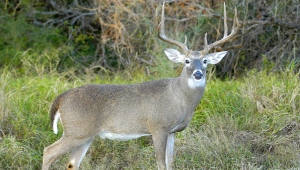 AUSTIN — Good news for hunters! Texas Parks and Wildlife Department (TPWD) biologists anticipate an exceptional white-tailed deer season this fall. The 2024-25 archery-only season kicks off Sept. 28 and hunters should expect to have good harvest numbers and opportunities for quality bucks.
AUSTIN — Good news for hunters! Texas Parks and Wildlife Department (TPWD) biologists anticipate an exceptional white-tailed deer season this fall. The 2024-25 archery-only season kicks off Sept. 28 and hunters should expect to have good harvest numbers and opportunities for quality bucks.
“Given that over half the state experienced excellent habitat conditions this spring, it will be another great season to pull the bow out and spend time hunting,” said Blaise Korzekwa, TPWD White-tailed Deer Program Leader. “Whether you’re looking to fill the freezer with venison or harvest the trophy of a lifetime, it will be time well spent in the field this year.”
Why everyone wants to save the Bobwhite Quail
Article by Rose Cahalan for Texas Monthly
 This beloved game bird’s lonesome, high-pitched whistle—“Bob-white! Poor-bob-white!”—marks the turning of the seasons across Texas. During the typical mating period, in April and May, male bobwhite quails often perch on fence posts, the better for the ladies to spot them while they sing. And in late October, hunters celebrate the start of quail season: a time-honored tradition of pacing through tall grass alongside a loyal bird dog, waiting for the moment when a covey of a dozen or so quail flushes, or scatters, in a noisy explosion of feathers. But bobwhites are in serious trouble, having declined by 85 percent across North America since the 1960s. Luckily efforts are underway to save the most iconic of Texas’s four quail species.
This beloved game bird’s lonesome, high-pitched whistle—“Bob-white! Poor-bob-white!”—marks the turning of the seasons across Texas. During the typical mating period, in April and May, male bobwhite quails often perch on fence posts, the better for the ladies to spot them while they sing. And in late October, hunters celebrate the start of quail season: a time-honored tradition of pacing through tall grass alongside a loyal bird dog, waiting for the moment when a covey of a dozen or so quail flushes, or scatters, in a noisy explosion of feathers. But bobwhites are in serious trouble, having declined by 85 percent across North America since the 1960s. Luckily efforts are underway to save the most iconic of Texas’s four quail species.
Texas changes mountain lion hunting rules after 50 years.
Article by Brandi D. Addison for the Austin American Statesman
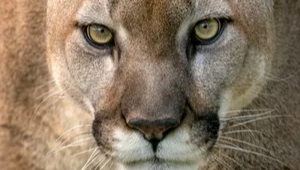 For the first time in 50 years, the Texas Parks and Wildlife Commission has updated the standards for hunting and trapping mountain lions, marking an early step in moving the state toward more modern wildlife management practices.
For the first time in 50 years, the Texas Parks and Wildlife Commission has updated the standards for hunting and trapping mountain lions, marking an early step in moving the state toward more modern wildlife management practices.
In the May 23 meeting, the commission unanimously voted to ban canned hunting of mountain lions and implemented new rules for trapping the large wild cat species.


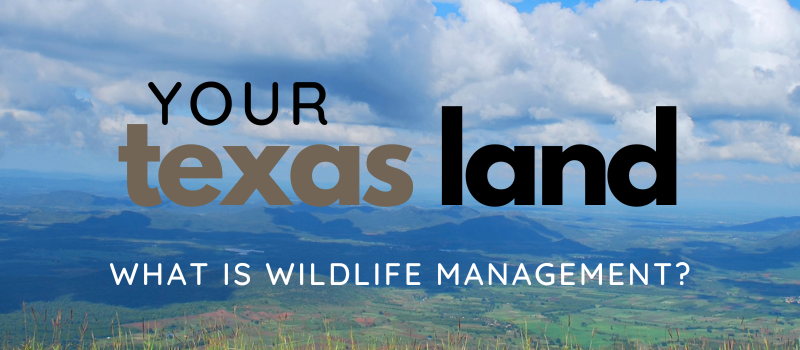



Sorry, the comment form is closed at this time.